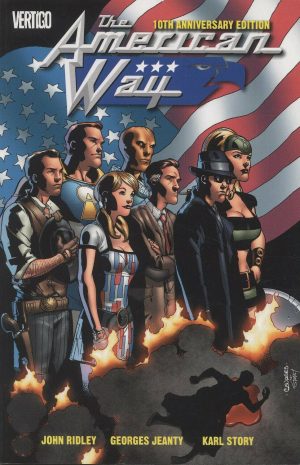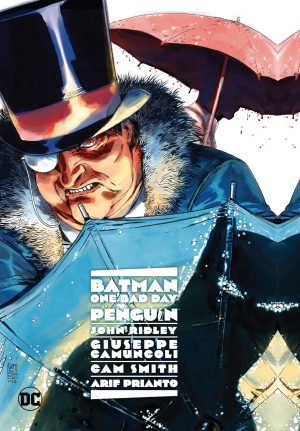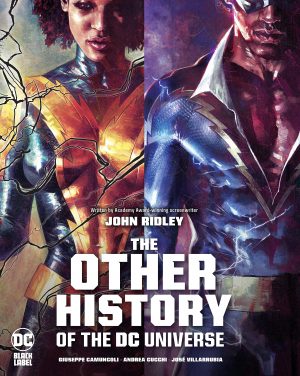Review by Karl Verhoven
Having established himself in Gotham and played a significant part in bringing down corruption, at the end of Vol. 1 Jace Fox decided his future as Batman lay in New York, and this continuation opens with him making his presence felt.
New York’s administration takes a very different view of Batman from Gotham’s combative attitude, wanting to work with rather than against him to keep crime down. Batman doing good as a fugitive outlaw has been such a consistent element of his background that John Ridley’s simple reversal provides real surprise. Ridley has set up the next part of his jigsaw by already moving the aggressive police detective Chubb to New York, and from his adversary she’s now expected to be his liaison. Ridley also pulls Jace’s hacking buddy from the shadows and introduces new officers as a supporting cast while still spotlighting the wider Fox family.
Ken Lashley then Olivier Coipel draw chapters, and Stephen Segovia also helps out, but Christian Duce is the star artistic turn here with a dynamic Batman in fully detailed backgrounds and able to supply the necessary emotional weight to characters in an increasingly complex drama. He’s also far more restrained than Lashley’s enthusiasm for showing the effects of a particularly sadistic killer. Who at DC thinks the type of graphic dismemberment Lashley draws in the opening chapter is suitable for a Batman comic?
Ridley’s work on Vol. 1 suffered for being jumpy, as much of that volume danced around someone else’s story, but here Ridley’s dramatic instincts take precedence and Welcome to New York hits far more right notes. It’s interesting seeing a Batman who’s not invincible, who hasn’t the certainty of his predecessor and can take the opinions and feelings of others on board. At one point he’s lectured by Chubb about his tactics, “we are not those people, understand?” being the emphatically conveyed message. In the previous volume Chubb skirted cliché with the massive chip on her shoulder, but here she’s very effective.
Whether moving Batman to New York was because Ridley has points to make about New York police in the real world is up for debate, but he’s not shy about presenting police officers with racist attitudes. This isn’t supplied as easy caricature, but as police who believe they’re upholding civic values, no matter how blind they are. Of course, Batman needs a more substantial villain, and Ridley introduces a terrifying new creation with a weapon that may look straight from a horror video game, but make that leap and imagine the damage a spiked iron on a chain would do in real life.
Everything reaches a climax to be played out in The Right Question, but misgivings about the presentation of violence apart, this is really good Batman.





